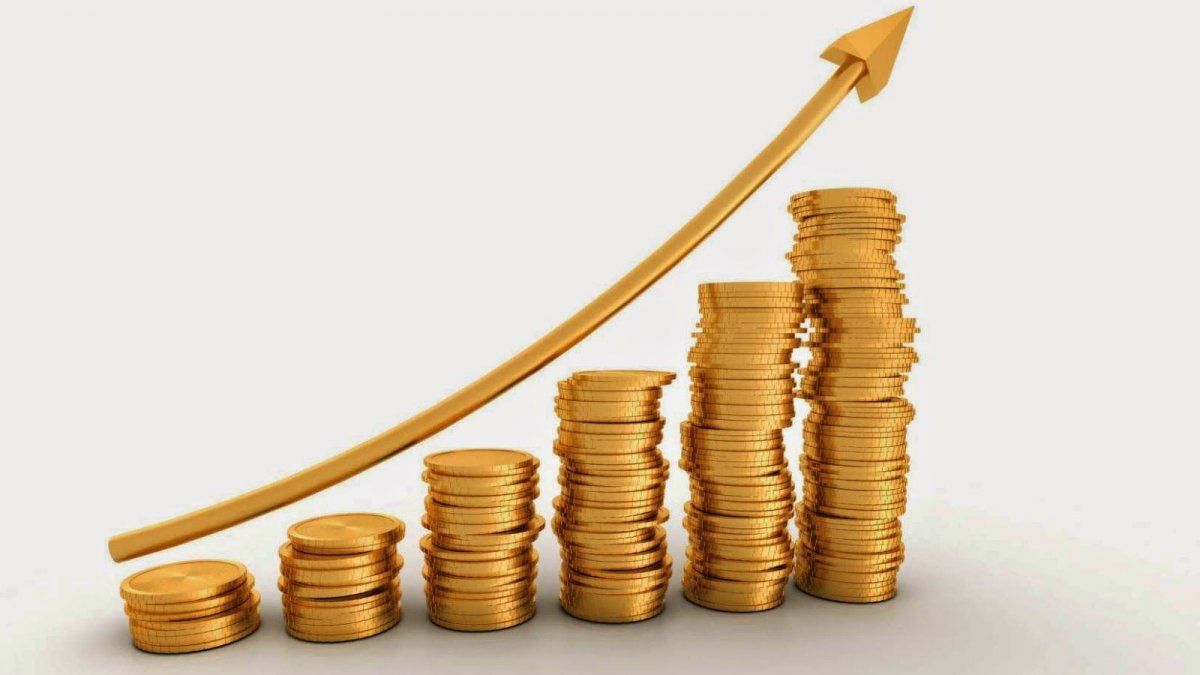The economic activity is going through a growth phase for the fourth consecutive month, according to the brand new Ceres Leader Index (ILC), which showed an increase of 0.2% in January, confirming the reactivation of the economy reflected in the first month of the year.
He ILC It also works as a predictor of the level of activity, which allows us to anticipate that the improvement will continue at the beginning of 2024, for which positive factors are expected such as those associated with the end of the drought and the cutting of the exchange difference with Argentina, among others.
From Ceres They also stated that the Diffusion Index (ID), which indicates the proportion of the variables that make up the ILC that grew in the month, was 70% in January, which proves that the increase in the index is supported by a broad base of variables.
The drought and the exorbitant price gap are left behind
The first survey of the year indicated that the first half of 2023, which was marked by the shock of the drought, the price gap with Argentina, the decrease in exports and the recent stoppage of the refinery Ancap, which started in September.
ceres january 2024.png
On the other hand, a rebound in the economic activity for this year, marked by a boost to full production of the second plant UPM, as well as the completion of other investments, all with an impact on the labor market in which exports and industrial production will benefit.
However, they estimate that the annual increase in prices will be similar to that of the dollar exchange rateso the industry agroexporter and the tourism will continue to face competitiveness challenges.
Improvement in the labor market
Meanwhile, the working market remained firm with 40,000 more positions filled than in 2022 and a growth of real salary of 4%.
In that sense, the wage bill It had growth of more than 6% in the year and reached a maximum in December. This will contribute to mitigating the negative effects of the economy through the behavior of the labor market that drives private consumption.
The main sectoral indicators
Regarding the main sectoral indicators, the study reflected that the exports In January of this year they were 8% more than in January 2023, driven by meat and wheat.
Meanwhile, industrial production remained stable in recent months, affected by the strike at the refinery, while construction in 2023 showed low activity due to the end of UPM2 works, but grew in housing and road works.
In turn, the consumption of electric power in industries and residences was higher in 2023 than in 2022. Meanwhile, diesel and gasoline sales had a slight decrease in 2023 compared to the previous year.
Source: Ambito




